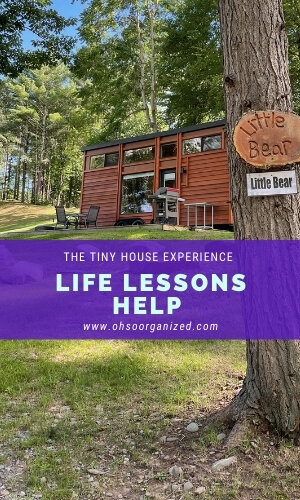A while back, I received an email from Soren Gordhamer, an entrepreneur and founder of the Wisdom 2.0 Conference. He wrote,
“Two things are pretty clear:
We have limited heartbeats in this life.
And
We never know when our last heartbeat will be.”
If that’s not a call to be intentional and focus on what matters most, I don’t know what is. When thinking about creating a better, happier life balance, framing it in the context of our limited time can help.
Are you spending time and emotional energy on things that are within or out of your control? Are you stressing about ‘what ifs, shoulds, and if only?’ Or are you focused on those things that are doable, bring you joy, and make life flow better?
You have choices, which is a good thing.
Circles of Influence and Control
This idea of limited time connects to another concept I was recently reminded of in To Do – 41 Tools to Start, Stick With, and Finish Things by Mikael Krogerus and Roman Tshchappeler.
They shared a Steven Covey concept from his classic book The 7 Habits of Highly Effective People. It is the“circles of influence and control” technique to “help whenever we feel ineffectual, powerless or frustrated.” It’s also an excellent exercise for infusing better balance and focus into your days.
How to Create Your Circles – What You Can and Can’t Change
As the illustration below shows, draw three concentric circles.
1. Outer: Circle of Concern
Anything you have no control over belongs in the “concern” circle.
List several “things that bother you but you can’t do anything about.” Examples include:
Past events
The political climate
Natural disasters
Other people’s flaws
2. Center: Circle of Control
List several things you have agency over. These could be:
What you eat
Amount of sleep you get
People you hang out with
Amount of organization you have
Books you read
Movies you watch
Some might seem trivial, but they significantly influence our lives. Add these to your “control” list.
“There’s immense power in knowing which things in our lives we can and can’t control.”
3. Middle: Circle of Influence
Include here things that aren’t in your control, yet you might be able to influence through your attitude or behavior. For example,
It’s impossible to “single-handedly avert climate change, but you can do something about it by living sustainably.”
You cannot “change your genes, but you can exercise regularly and eat more healthfully.”
You have no power over circle of concern events. However, you can influence or change your reaction to them.
How Does This Exercise Help?
The more you focus on those things you have no control over (circle of concern), the “more helpless and ineffectual you’ll feel.” However, when you focus on what is within your control (circle of influence and circle of control,) “the more confident and less anxious you’ll be.”
This exercise can heighten your awareness of how you’re spending your precious time. Focusing on areas you have agency and influence over can tip the balance in a more positive direction.
A Balanced Life Approach
You only go around once. How can you balance your days to include those things within your control and influence? What can you improve? What can you let go of? I’d love to hear your thoughts and invite you to join the conversation.
Do you want help decluttering, organizing, planning, or finding a right balance for you? I’d love to help and I’m here for you. Virtual organizing is an extraordinary path forward – A local feel with a global reach.
Please schedule a Discovery Call, email me at linda@ohsorganized.com, or call 914-271-5673. Organization, balance, and ease are possible, especially with support.















